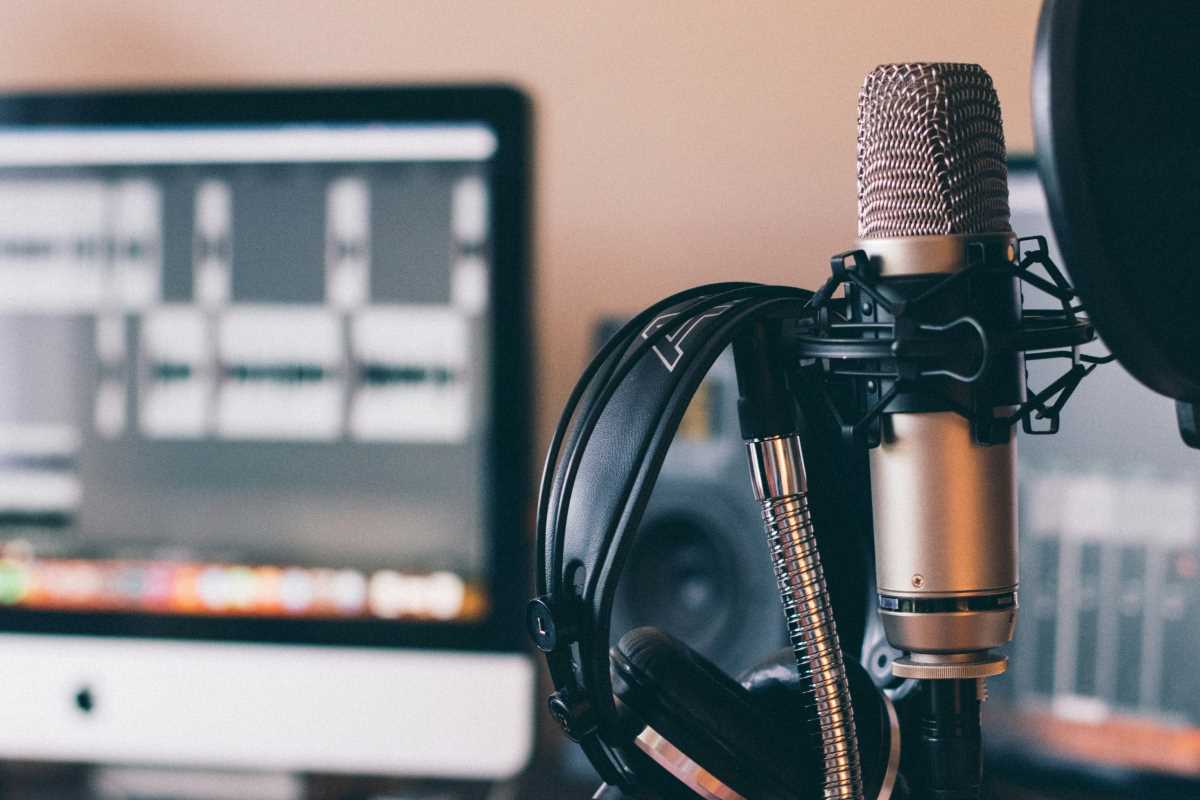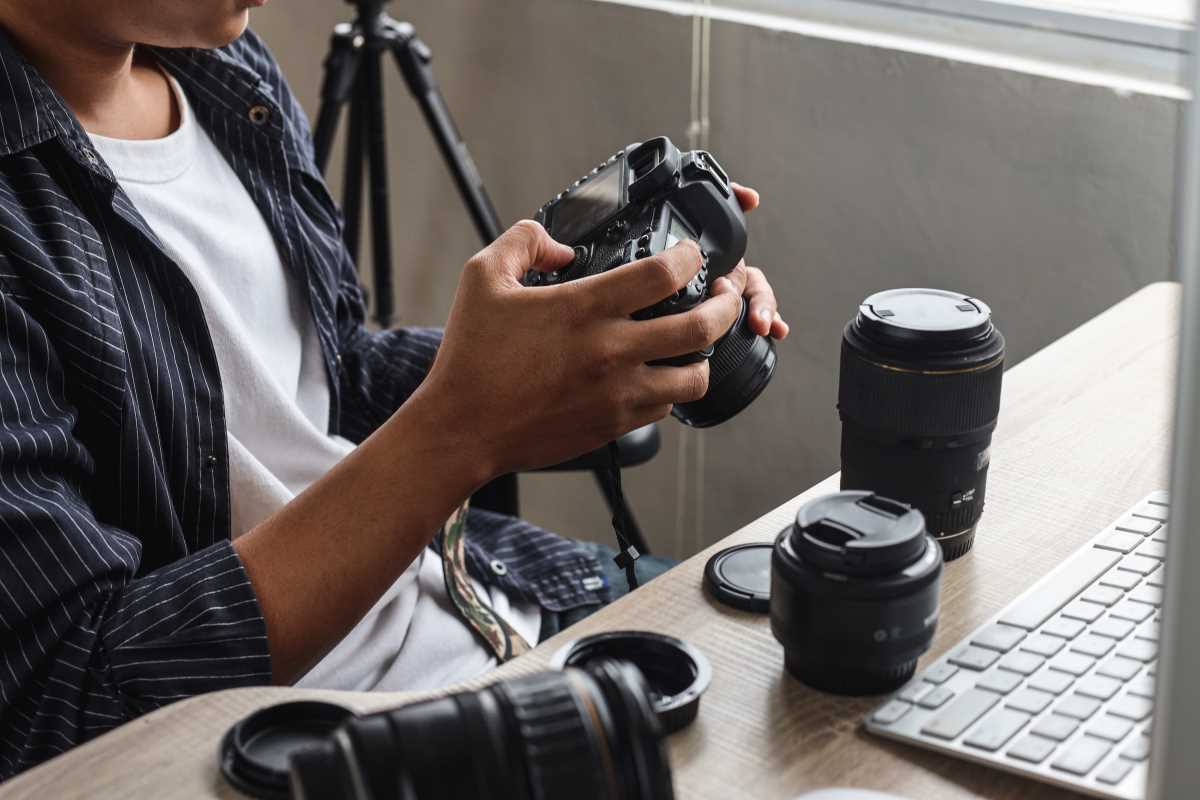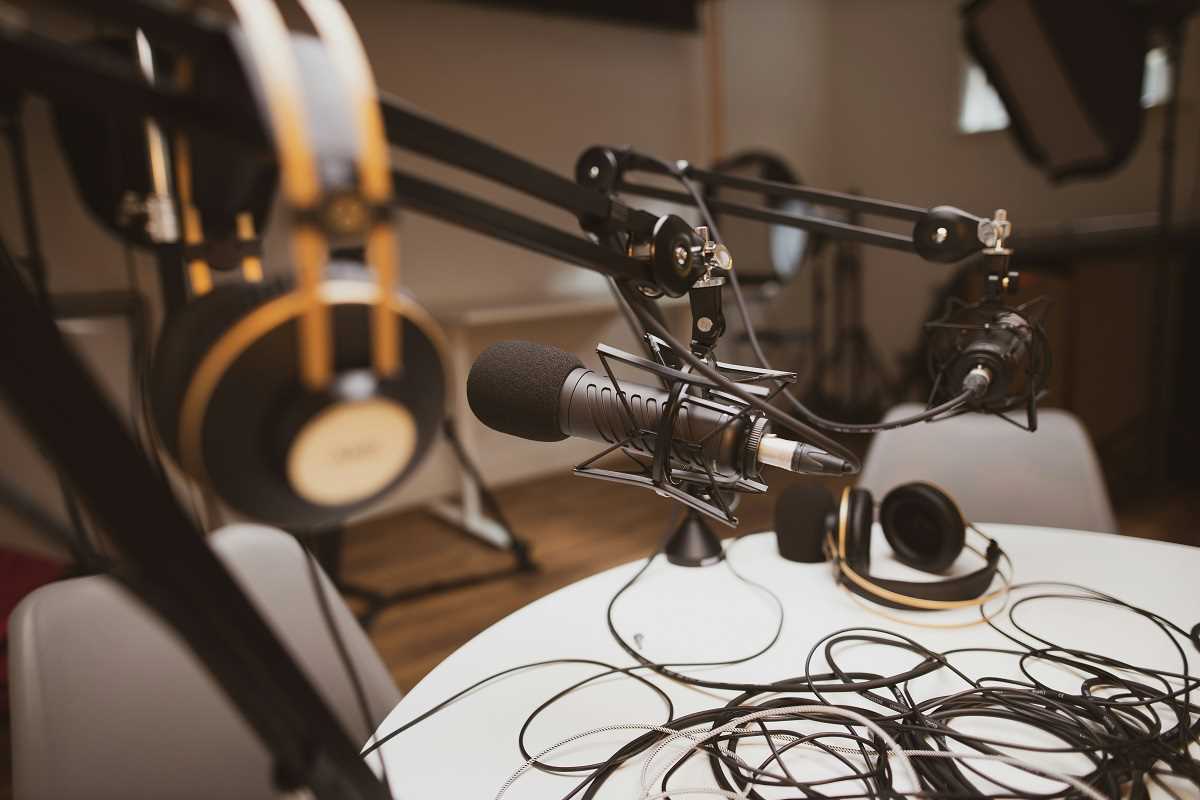Creating a comfortable and efficient workspace at home can greatly improve the experience of managing creative projects or tackling remote tasks. A thoughtfully arranged area helps minimize distractions and maintain your energy, allowing you to stay focused whether you are working or pursuing hobbies. By choosing the right tools, you can easily convert any corner of your home into a productive and inviting studio. This guide introduces seven useful items designed to help you organize your space and inspire your creativity, making your daily routine smoother and your environment more enjoyable.
Each tool includes clear tips, real-life examples, and budget-friendly ideas. Follow along to craft a home office that feels inviting, supports your posture, and keeps your tech in order.
Tool 1: Ergonomic Chair
- Adjusts the seat height and tilt
- Provides lumbar support and breathable mesh back
- Has sturdy armrests with padding
Imagine you spend hours sketching or typing without discomfort. An ergonomic chair helps you maintain proper posture, reducing strain on your spine and shoulders. You can swivel easily to reach supplies without twisting awkwardly.
If you draft illustrations in the morning and edit videos in the afternoon, the chair’s adjustable features let you switch between tasks smoothly. Look for models with a five-star base and a weight capacity that matches your needs.
Tool 2: Adjustable Desk
- Measure the space and ceiling height before buying.
- Set the desktop at elbow level for typing comfort.
- Use the sit-stand feature in 30-minute intervals.
A desk that moves with you helps balance active and seated work phases. Standing for editing photos breaks up long sitting periods, boosts circulation, and sharpens your focus.
If your budget is limited, consider a simple desk converter that sits on top of your existing table. It elevates your keyboard and laptop, offering flexibility without a full furniture purchase.
Tool 3: Quality Lighting
Soft, even lighting reduces eye strain and sets the right mood. Combine a daylight LED desk lamp with an adjustable floor lamp to cover both focused tasks and ambient lighting.
Ring lights shine during video calls or self-recorded tutorials. They wrap your face in light, minimizing shadows. Meanwhile, a full-spectrum tube light above your workspace mimics natural light and keeps colors true when editing photos or design work.
Pros: LED fixtures last long and use little energy. Cons: Some bulbs may flicker if different brands run on the same dimmer switch. Keep spare bulbs on hand to swap out quickly.
Tip: Aim lamps toward a wall or ceiling, not directly at your eyes. This bounce effect delivers gentle, diffused illumination across the room.
Tool 4: High-Quality Microphone
- Uses a cardioid pickup pattern for clear voice capture
- Records at 24-bit/96kHz
- Includes an integrated pop filter or foam windscreen
Select a microphone that connects via USB for easy setup. A condenser mic captures subtle nuances in your voice, perfect for podcasts, tutorials, or live streams.
Position the mic slightly above your mouth, angled downward. This placement cuts out plosives and brings out warmer tones. Use a shock mount to isolate vibrations from desk taps or keyboard clicks.
Tool 5: Noise-Canceling Headphones
- Check the active noise cancellation (ANC) ratings.
- Test sound balance with different music genres.
- Inspect earcup padding for breathability and fit.
Comfort matters when you wear headphones for hours. Look for adjustable headbands and memory-foam cushions that fit your ears comfortably without pressing too tightly.
Wireless options keep cables out of the way, but ensure the battery lasts longer than your longest session. If you split time between calls and music, choose a model with a detachable cable for wired use when power runs low.
Tool 6: Cable Management Solutions
- Use Velcro straps and zip ties to bundle excess lengths
- Install under-desk cable trays to hide power bricks
- Attach adhesive cable clips to guide wires along edges
Messy cables distract from the workspace’s tidy appearance and can cause trips during quick movements. Bundle power and USB cords by zones: one group for charging, another for peripherals.
For a simple trick, reuse binder clips attached to your desk edge. Clip each cable loop through the clamp. This DIY hack costs almost nothing and keeps each wire in its designated spot.
Tool 7: Multi-Port USB Hub
- Offers four to eight ports for USB-A and USB-C devices
- Supports high-speed data transfer (5Gbps or more)
- Includes a separate power input to handle charging needs
A hub expands one USB port into several, allowing you to connect a webcam, microphone, and external hard drive all at once. A powered hub enables you to charge tablets or phones without draining your laptop’s battery.
For example, you can set up a time-lapse camera on top of your monitor and switch to a second USB port for a ring light controller. You move between tasks without unplugging or searching for available ports.
Choose one tool to improve your workspace and create a setup that suits your projects. Each addition enhances comfort, efficiency, and clarity in your home studio.
 (Image via
(Image via




